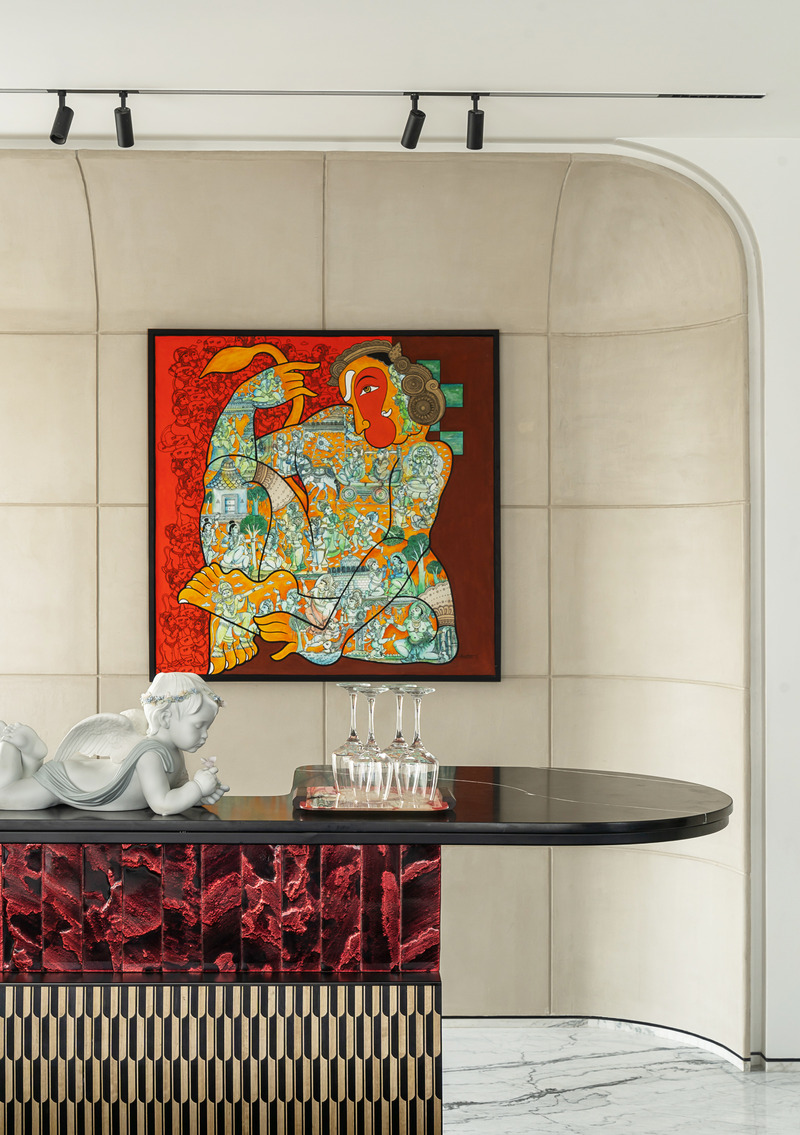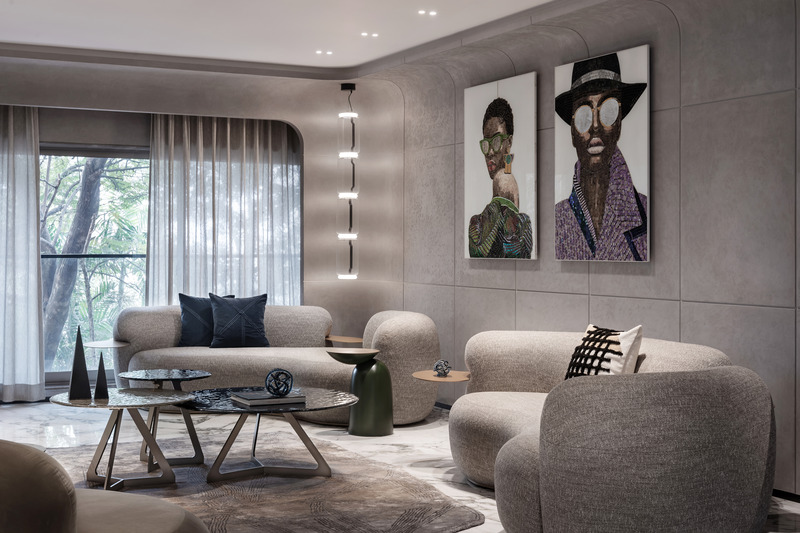Interior design is more than just aesthetics—it has a profound impact on human emotions, behaviours, and overall well-being. Drawing from psychological principles and user-centered strategies, today’s top interior designers are crafting environments that foster comfort, enhance social connections, and empower individuals with a sense of control over their surroundings.
Thoughtfully designed residential and commercial interior spaces can elevate mood, reduce stress, and enhance productivity—making interior design services a powerful tool for shaping experiences in homes, offices, hospitality spaces, and beyond.
The Psychology Behind Space and Design
The way a space is designed significantly influences how people feel and interact within it. Elements like lighting design, color psychology, textures, and spatial planning all trigger psychological responses. Leveraging these insights allows designers to create environments that align with the emotional and functional needs of the user—whether it’s in home interior design, office interiors, or hospitality spaces.

Key Psychological Principles in Interior Design
1. Comfort: Creating a Sense of Ease
Comfort is foundational to both residential and hospitality interior design. A combination of soft textures, ergonomic furniture, and well-planned ambient lighting supports emotional and physical well-being.
- Color Psychology: Warm tones like beige, blush, and soft blues promote calmness and serenity—ideal for bedroom interior design or spa-like hotel interiors. On the other hand, bold colors like red and yellow energize and are perfect for creative workspaces or restaurant interior design.
- Lighting: Access to natural lighting enhances mood and productivity, while layered lighting design (ambient, task, and accent) improves usability across time zones and settings.
- Acoustics: Sound-absorbing materials such as rugs, upholstered walls, and acoustic panels play a vital role in modern interior design, reducing stress and enhancing focus.
2. Connection: Encouraging Social Interaction
Great interior design strengthens human connections. Whether in a co-working space, café interior, or a living room design, layouts can shape how people communicate and bond.
- Proxemics: Understanding personal space is key in furniture design and zoning strategies. Well-positioned seating arrangements promote engagement without intruding on privacy.
- Biophilic Interior Design: Integrating nature—through plants, natural textures, or water features—not only boosts wellness but also supports trending eco-friendly interior design.
- Zoning Spaces: Define multifunctional areas, such as quiet reading nooks, social lounges, or even modular kitchen design, to balance interaction with solitude—especially in apartment interiors or villa interior designs.
3. Control: Enhancing a Sense of Autonomy
Having autonomy over one’s environment increases comfort, security, and satisfaction. This principle is essential in both residential interiors and office design.
- Flexible Design: Adaptable layouts with movable furniture and modular systems are gaining popularity, especially in modern home interior design and turnkey interior design projects.
- Privacy Considerations: Partition walls, personal workstations, and custom interior solutions enable users to control their level of interaction.
- Smart Home Technology: Automated systems for lighting, temperature, and media are staples in tech-enabled interiors and smart home interior design, providing intuitive control and personalized comfort.
The Impact of Thoughtful, Psychology-Driven Design
Designing with psychology in mind transforms everyday spaces into meaningful environments. Whether it’s a wellness-focused clinic interior, a productivity-boosting office, or a relaxing home interior, human-centered design enhances mood, mental health, and daily experience. The strategic use of interior design packages, material selection, and spatial planning services ensures that these benefits are scalable and accessible.

Conclusion
The psychology of interior design is a powerful framework that helps designers elevate aesthetics into emotionally intelligent environments. By integrating principles of comfort, connection, and control, designers create not just beautiful spaces—but spaces that improve lives. Whether working on residential projects, commercial spaces, or hospitality interiors, applying these insights ensures that interior design continues to serve a deeper, more human purpose.

